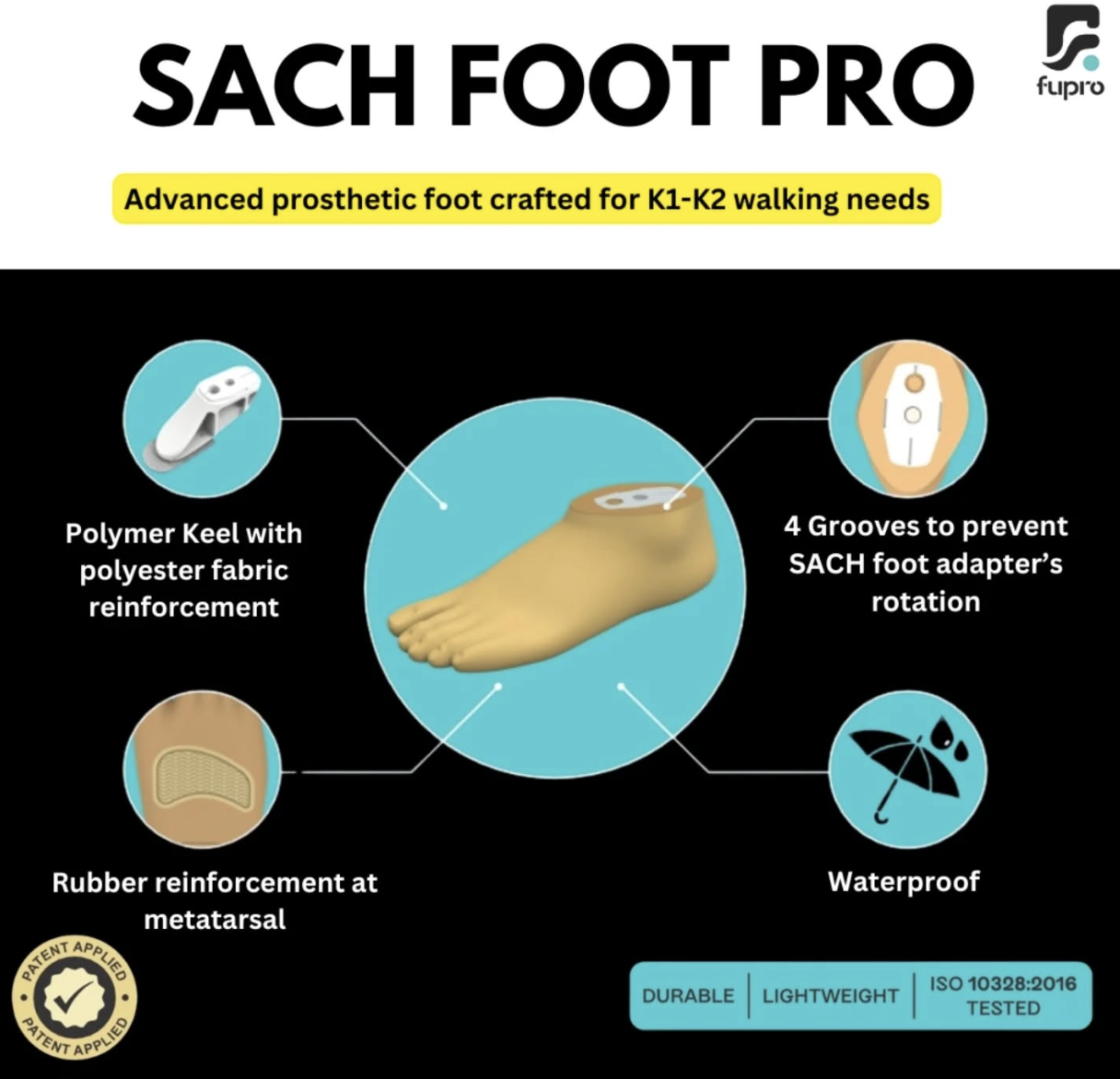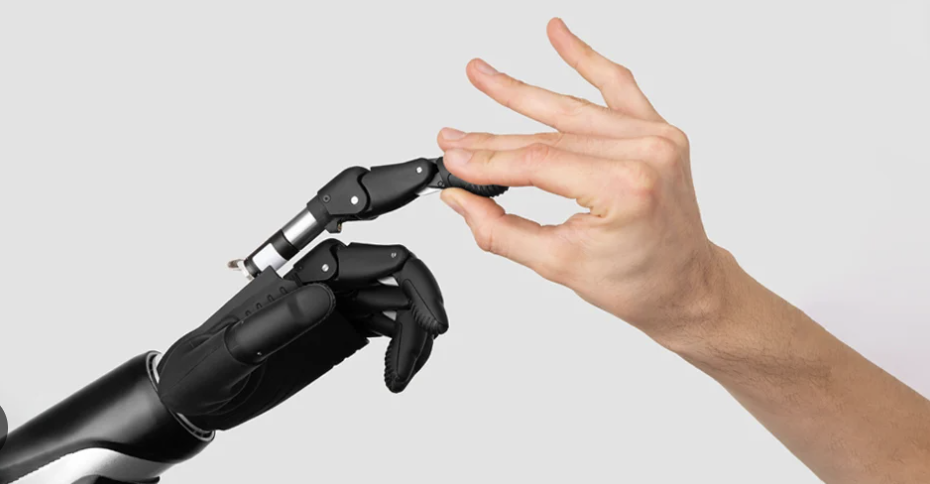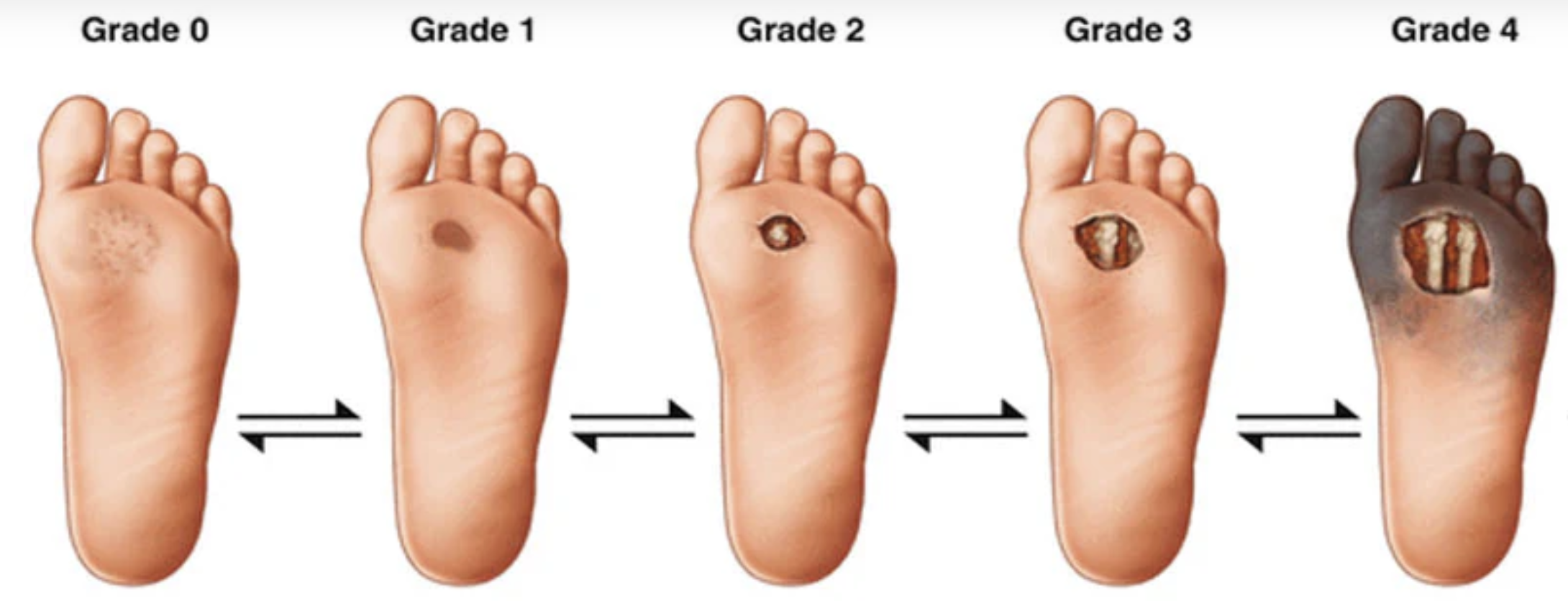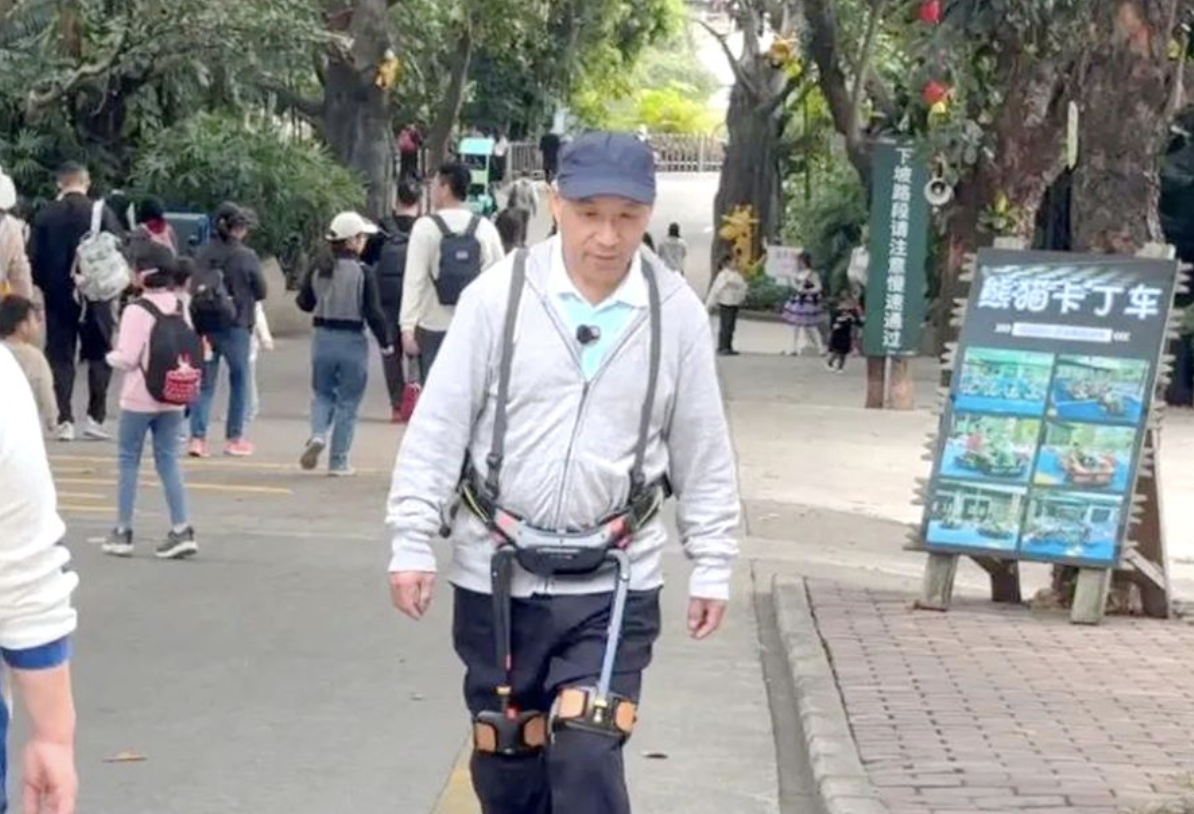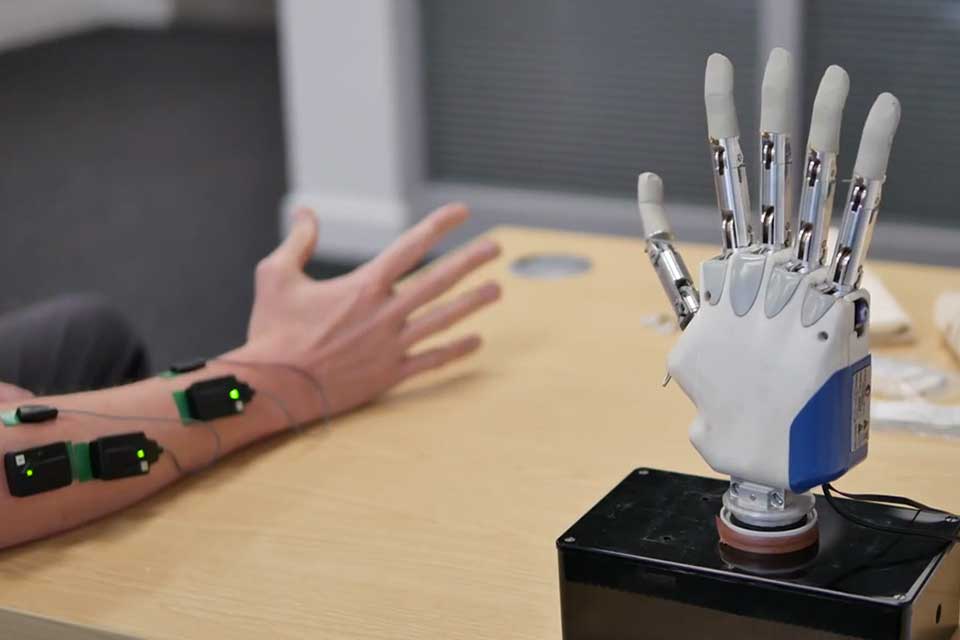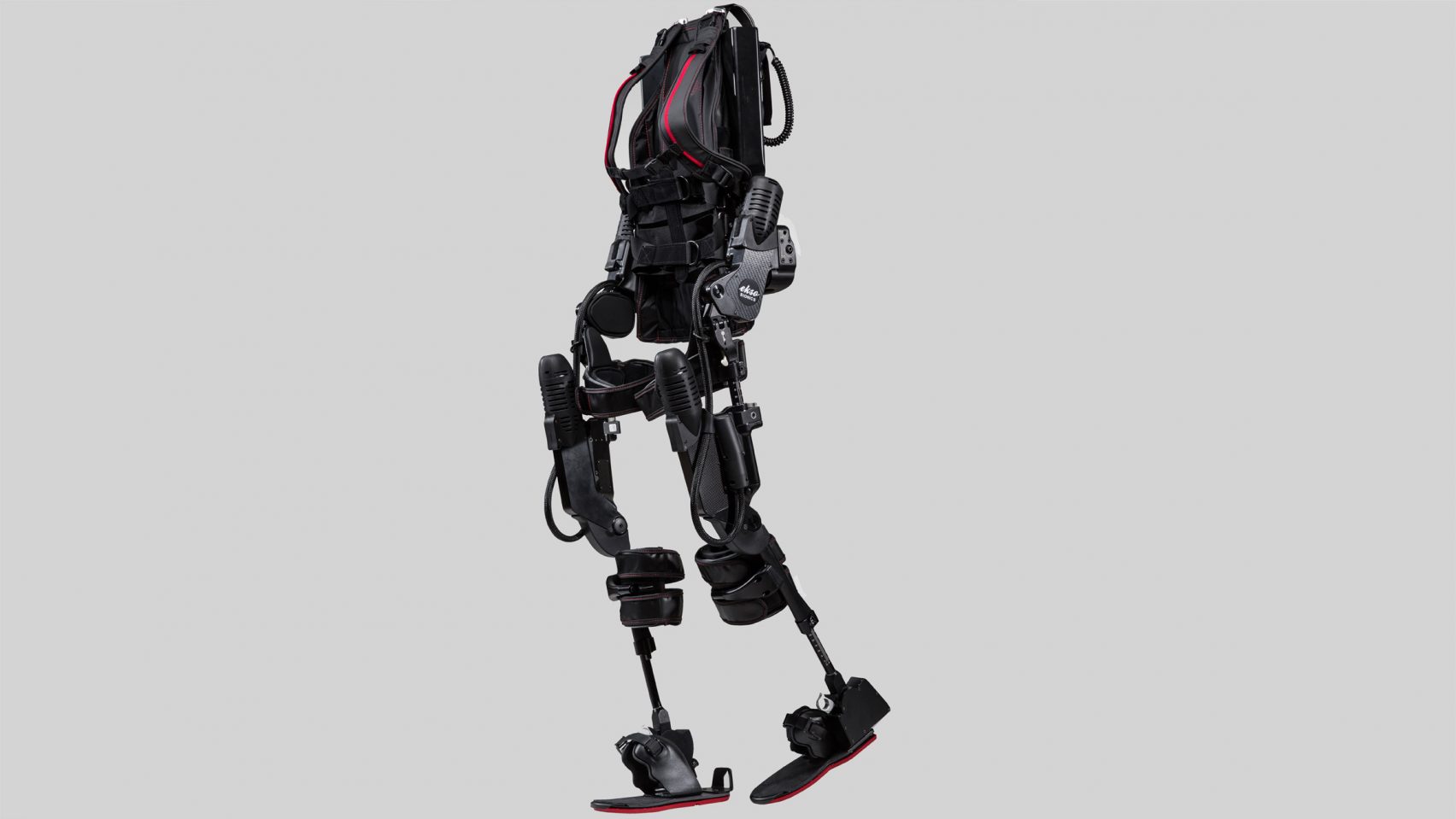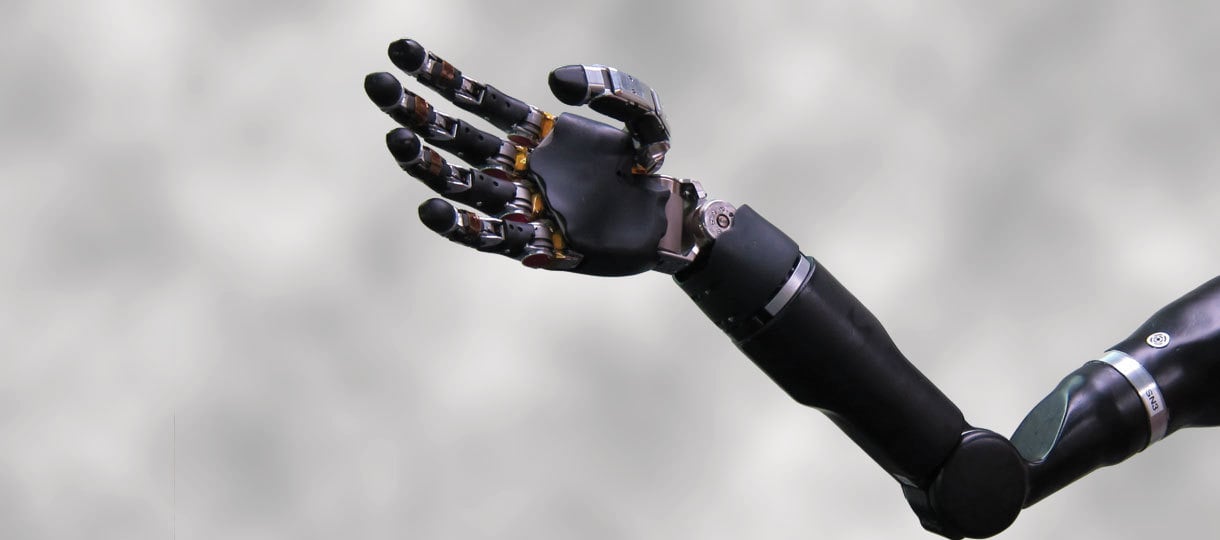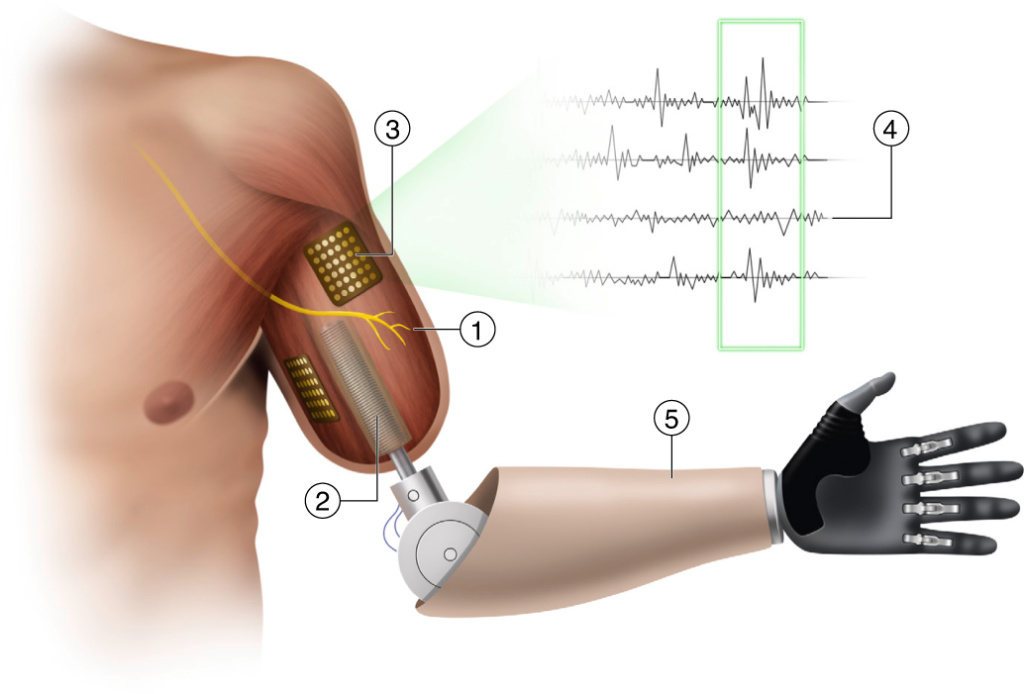The world of biotechnology is witnessing a fascinating convergence between groundbreaking innovations and financial markets through a burgeoning interest termed “arm stock”. As bionic limbs evolve from science fiction curiosity to practical reality, investing in companies producing advanced prosthetic arms may become the next big financial opportunity.
The growth of bionic technology is fueled by advancements in materials science, AI, and neurotechnology, enabling the development of prosthetics that closely mimic the function and appearance of natural limbs. Companies at the forefront offer prosthetics with enhanced sensory feedback and dexterity, integrating seamlessly with the user’s nervous system. This progress is leading to a surge in demand, making these companies attractive targets for investors.
Arm stock refers to shares in companies involved in the development and production of these advanced prosthetic limbs. With the global aging population and rising incidence of limb loss due to medical conditions and accidents, the market for technologically sophisticated prosthetics is set to expand. This increase positions arm stocks as a promising investment niche.
Looking to the future, the field is set to benefit from cross-disciplinary collaboration. Synergies between robotics, AI, and medical engineering will likely produce even more revolutionary prosthetic designs. Investors are starting to recognize the significance of such technologies not just in transforming lives but also in reshaping market dynamics.
As interest in biotechnology investments peaks, arm stock represents a crossroads of humanitarian benefit and financial growth potential, capturing a new wave of attention in futuristic and ethical investing.
Future of Prosthetics: Will Bionic Limbs Redefine Human Capability?
The fusion of cutting-edge technology with human needs is opening up unprecedented opportunities for individuals and societies. While much has been said about the financial allure of investing in “arm stocks,” the broader societal impacts of bionic technology need exploration. For instance, these advanced prosthetics are not only improving physical mobility but are also advancing the field of human augmentation, blurring the line between humanity and machines.
An intriguing fact is how this development is weaving new threads in the tapestry of human identity. If a prosthetic can enhance abilities beyond normal human capabilities, are we witnessing the emergence of a new kind of human being? While some embrace this potential for unprecedented ability, others warn of ethical pitfalls, such as access inequality—will these advancements widen the societal gap between the haves and the have-nots?
This raises important questions: Are we ready for a future where technological enhancements become the norm? Can societies ensure equitable access to such life-changing innovations? One advantage of these developments is the possibility of improved quality of life for many around the globe, restoring autonomy and dignity. However, a significant disadvantage is the potential for a new kind of digital divide, where only the affluent can afford top-tier prosthetic enhancements.
Exploring more about this, visit Nature and Biomechanics for insights on technological advancements reshaping the future. As we navigate these transformative times, it’s essential to strike a balance between innovation and accessibility, ensuring that the future of prosthetics is inclusive and equitable.


